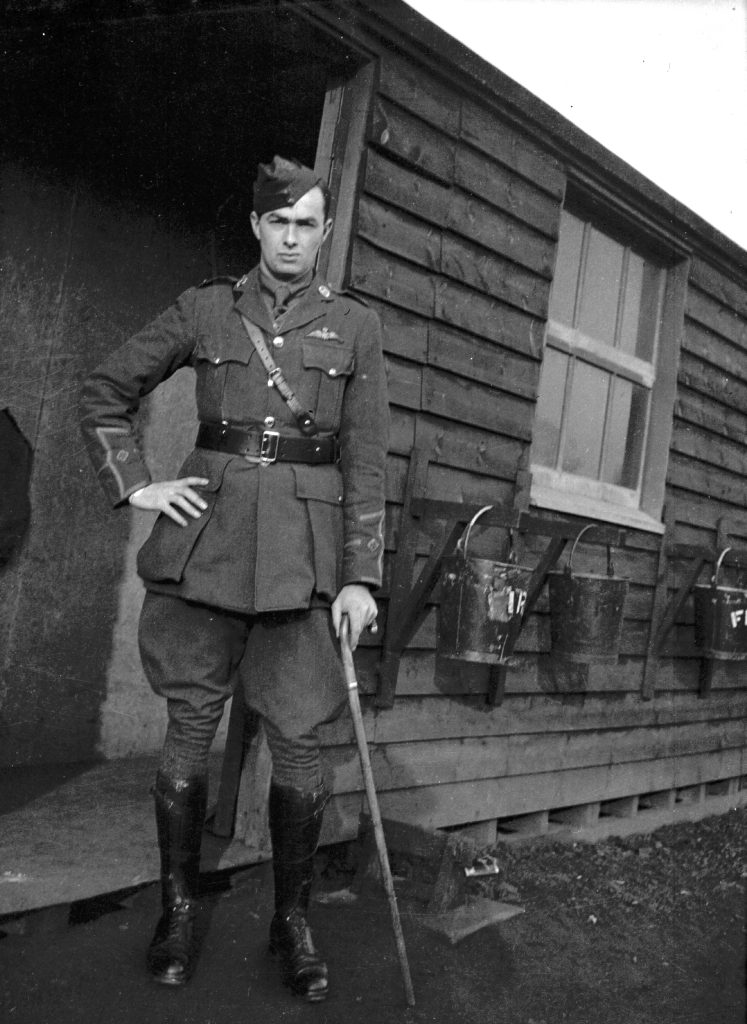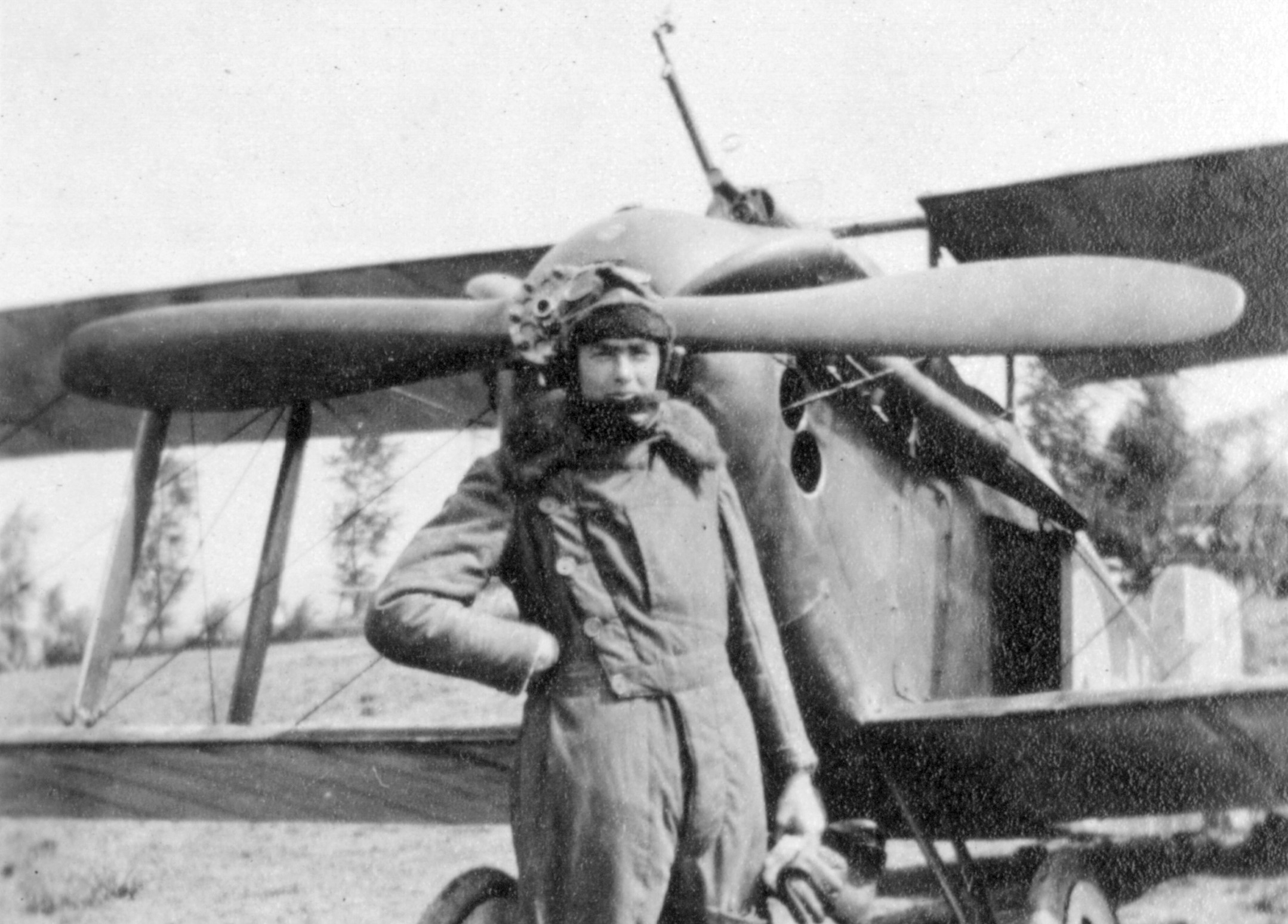A significant collection of photographs belonging to World War One ace Ronald Bannerman has been digitised and is now available here. Spanning both world wars and including more than 600 images, it provides unrivalled coverage of one brave pilot’s service and includes pictures of many of the notable names from No. 79 Squadron in the First World War.

Ronald Burns Bannerman was born in 1890, in Invercargill, and was studying law at Otago University when war broke out in 1914. He initially joined the army, but in early 1916 began learning to fly at the New Zealand Flying School in Auckland.
He travelled to England and joined the Royal Flying Corps (RFC), where he continued flying training before being posted to the newly formed No. 79 Squadron in February 1918. This squadron operated Sopwith Dolphin aircraft, a type recently introduced into RFC service, and which was fast, maneuverable, and easy to fly.
From February 1918 to the end of the War, No. 79 Squadron claimed 64 enemy aircraft shot down. The two highest-scoring pilots flying Dolphins were both with No. 79; Captain Francis Gillet, an American, scored 20, and Ronald Bannerman scored 17, which included one balloon.
Bannerman claimed six enemy aircraft in August 1918, seven in September, one in October, and three in November. 14 of these claims were when he was flying Dolphin C3879. He was awarded the Distinguished Flying Cross (DFC) in August 1918 and a bar to the DFC in October 1918.

RB Bannerman standing in front of a Sopwith Dolphin, prior to going on a patrol. Unknown location.
Image: ALB8319526276.
No. 79 Squadron was part of the 1919 British Army of Occupation in Germany. Bannerman stayed with the unit until June of that year, when he returned home to New Zealand. He resumed practicing law in Dunedin, later moving to Gore.
After being recalled from the reserve to serve with the RNZAF in September 1940, Bannerman rose to the rank of Air Commodore as Air Member for Personnel and was made a Commander of the Order of the British Empire (CBE) in 1945.
In 1960, alongside two other former WW1 pilots and notable RNZAF figures, Leonard Isitt and Keith Caldwell, he established the 1914 – 18 Airmen’s Association. This association ran until 1973, when the number of surviving veterans became too low to enable it to continue.
Ronald Bannerman DFC and Bar, CBE died in Gore in 1978 at the age of 87.
You can access the collection here.




